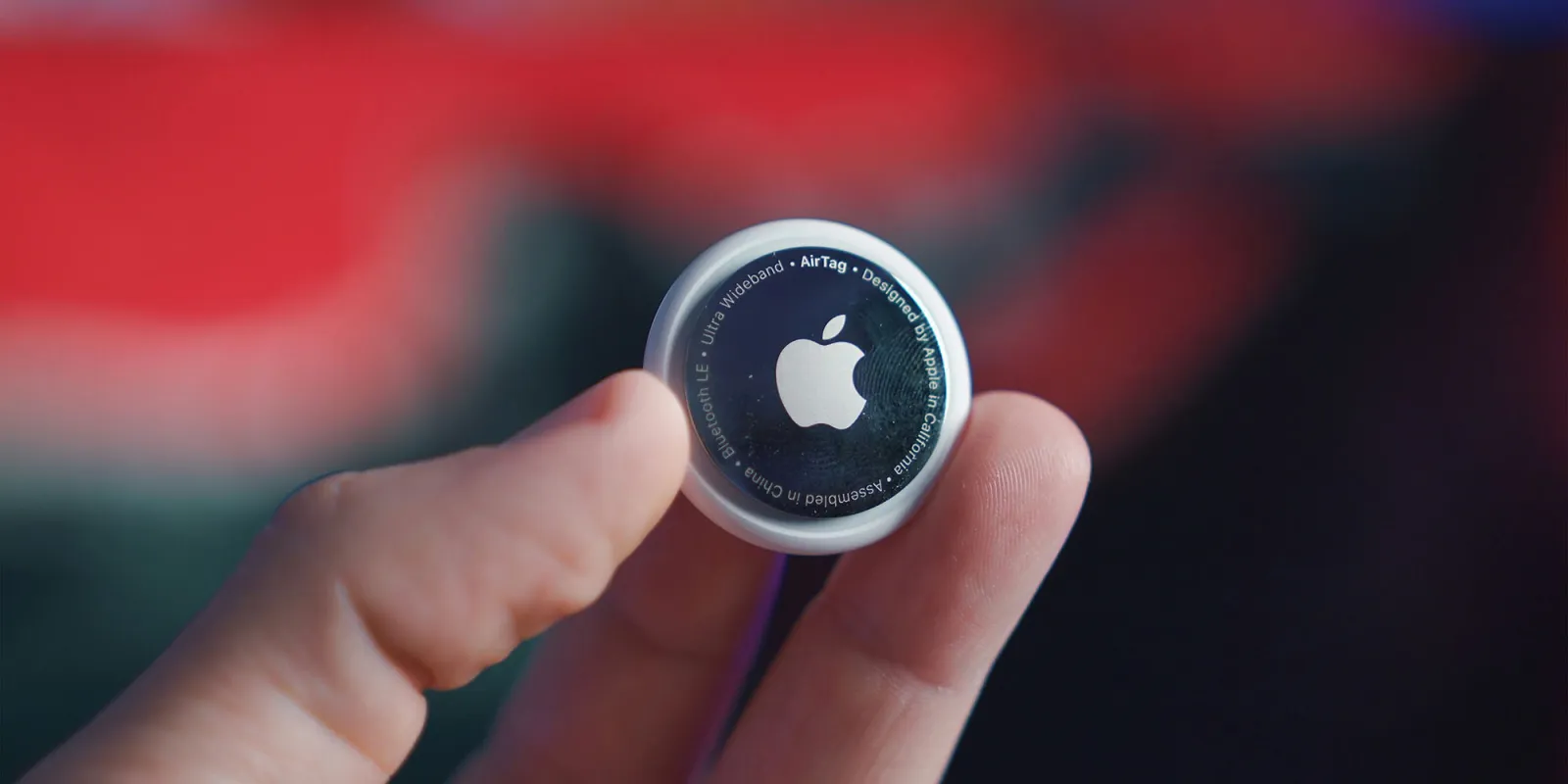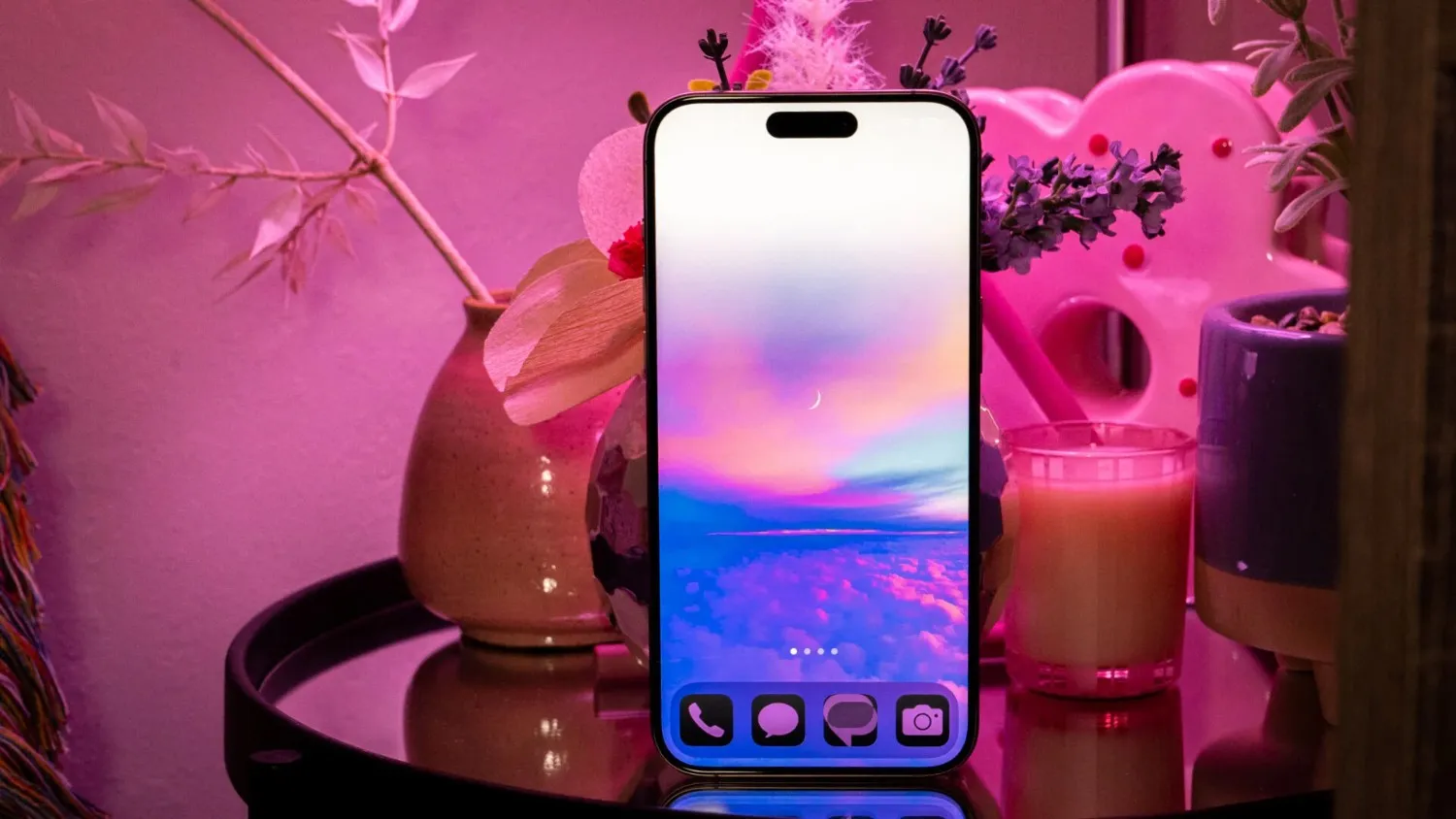Apple is gearing up to unveil iOS 19, its next major iPhone update, with a beta release expected in June 2025, shortly after the Worldwide Developers Conference (WWDC) kicks off on June 9. The official version will likely drop in September 2025, alongside new iPhones, though some features may trickle out later, possibly into 2026.
iOS 19 will sport a bold new style inspired by the Vision Pro’s visionOS. Picture a glossy, transparent interface with smoother, curvier app icons and a floating navigation bar in apps. This makeover, the most significant since iOS 7, will also refresh iPadOS 19 and macOS 16, creating a seamless look across Apple’s ecosystem.
Siri’s getting a major boost in iOS 19, powered by enhanced Apple Intelligence. It’ll dive deeper into your emails, photos, and apps, making tasks feel more intuitive. Some of Siri’s advanced tricks might not show up until iOS 19.4 in spring 2026. There’s also buzz about Google Gemini joining ChatGPT as an optional Siri assistant.
Expect other perks like upgraded Stage Manager for USB-C iPhones, secure RCS texting, real-time translations via AirPods, and a smarter Health app with AI-powered wellness tips. iOS 19 should support iPhone 11 and later models. Post-WWDC, developers will dive into the beta, with a public beta opening up in the summer for eager testers.




